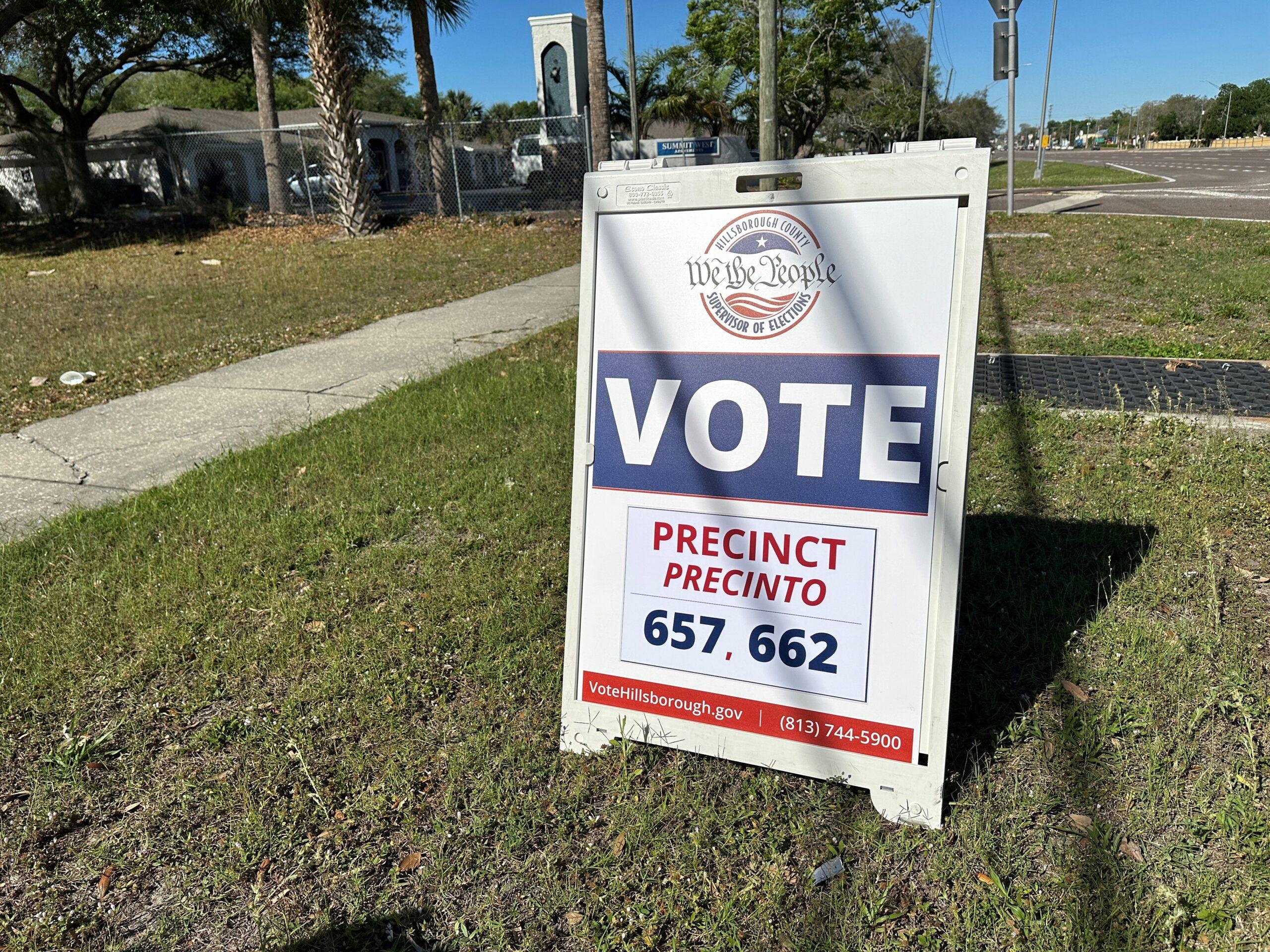The Sunshine State is heating up, and the political thermometer is showing a ten-point lead for Donald Trump over Kamala Harris in a new UNF poll. Florida, a perennial battleground, has once again become a microcosm of the national political landscape, and these numbers are sure to spark debate and analysis as the 2024 election cycle begins to take shape.
Table of Contents
- Trumps Florida Advantage: A Closer Look
- The Sun Shine States Shifting Landscape
- Elections Fault Lines: Demographics and Priorities
- Winning the Sunshine State: Strategies For Both Candidates
- To Conclude

Trumps Florida Advantage: A Closer Look
While the Sunshine State has consistently proven to be a battleground, a recent poll conducted by the University of North Florida paints a different picture. The survey reveals a significant lead for former President Donald Trump, who outpaces Vice President Kamala Harris by a commanding 10 points. This finding throws a wrench into the anticipated close race, potentially signifying a shift in the political landscape. The poll’s methodology, which involved 602 registered voters, carries a margin of error of +/- 4.0 percentage points. The results shed light on the following key areas:
- Economic Concerns: The poll highlighted voters’ anxieties about the state’s economic outlook. These concerns could play a pivotal role in determining the trajectory of the race.
- Immigration: The issue of immigration emerged as a significant concern for voters. Trump’s stance on border security, a central theme of his presidency, seems to resonate with a sizable portion of the electorate.
- Social Issues: The poll also revealed that social issues like abortion and LGBTQ+ rights are deeply intertwined with voters’ political leanings. This suggests that these issues will continue to shape the political landscape in Florida and beyond.
| Issue | Trump | Harris |
|---|---|---|
| Economy | 58% | 42% |
| Immigration | 63% | 37% |
| Social Issues | 55% | 45% |

The Sun Shine States Shifting Landscape
The Sunshine State remains a battleground, but a new poll suggests a potential shift in the political landscape. A recent UNF poll indicates that former President Donald Trump holds a commanding 10-point lead over Vice President Kamala Harris among Florida voters.
Here’s a breakdown of the poll’s key findings:
| Candidate | Support |
|---|---|
| Donald Trump | 52% |
| Kamala Harris | 42% |
While this poll offers a snapshot of current sentiment, the political landscape in Florida is notoriously volatile. The upcoming election is likely to be hotly contested, with both parties pouring significant resources into the state. It remains to be seen whether this early lead will translate into a victory for Trump in the Sunshine State.

Elections Fault Lines: Demographics and Priorities
The poll’s findings highlight the potential impact of demographic and political priorities in Florida’s 2024 presidential election. The Sunshine State continues to exhibit its crucial role as a battleground, with the data indicating that Florida’s diverse electorate presents both opportunities and challenges for both contenders.
- Trump’s lead among white voters suggests an enduring appeal among this demographic, potentially driven by economic anxieties, cultural issues, or dissatisfaction with the current administration.
- Harris’s performance among Hispanic voters is a point of concern for the Democratic camp, as the electorate in Florida is becoming increasingly diverse. This signals the need for a robust outreach strategy to mobilize this crucial voting bloc.
The poll data underscores the vital importance of understanding the nuances of Florida’s electorate, as well as the evolving political landscape, to predict the outcome of the 2024 presidential election.

Winning the Sunshine State: Strategies For Both Candidates
The Sunshine State, a pivotal battleground in the 2020 presidential election, is proving to be a tough one for both candidates. While the recent UNF poll shows Trump leading by 10 points, this narrow lead could easily shift in the coming months. For Trump, the key to solidifying his dominance in Florida lies in focusing on his core base of conservative voters, particularly in key counties like Miami-Dade and Broward. Harris, on the other hand, needs to capitalize on the state’s burgeoning Hispanic and African American populations, who lean more liberal. She must also work to appeal to moderate Democrats and independents, who may be swayed by her progressive policies.
Here’s a breakdown of key strategies for each candidate:
- Trump
- Focus on economic issues and national security
- Target conservative voters in Miami-Dade and Broward
- Emphasize his record on immigration and crime
- Harris
- Mobilize Hispanic and African American voters
- Champion progressive policies like healthcare reform and climate change
- Appeal to moderate Democrats and independent voters
The race for Florida is likely to be tight, with each candidate utilizing a combination of these strategies to win over voters. The outcome will not only determine the winner of the state but could also have a significant impact on the overall national election.
| Strategic Focus | Trump | Harris |
|---|---|---|
| Voters | Conservative Base | Hispanic & African American |
| Messaging | Economy & Security | Progressive Policies |
| Key Counties | Miami-Dade & Broward | Pinellas & Palm Beach |
To Conclude
The Sunshine State, known for its vibrant hues and unpredictable weather, has once again thrown a curveball into the political landscape. The UNF poll, a snapshot in time, paints a picture of a race that’s far from over. With the election still months away, the Florida sun might yet be shining on a different candidate, or perhaps the tides will shift, bringing with them a new front-runner. Only time, like the waves crashing upon Florida’s shores, will tell.
